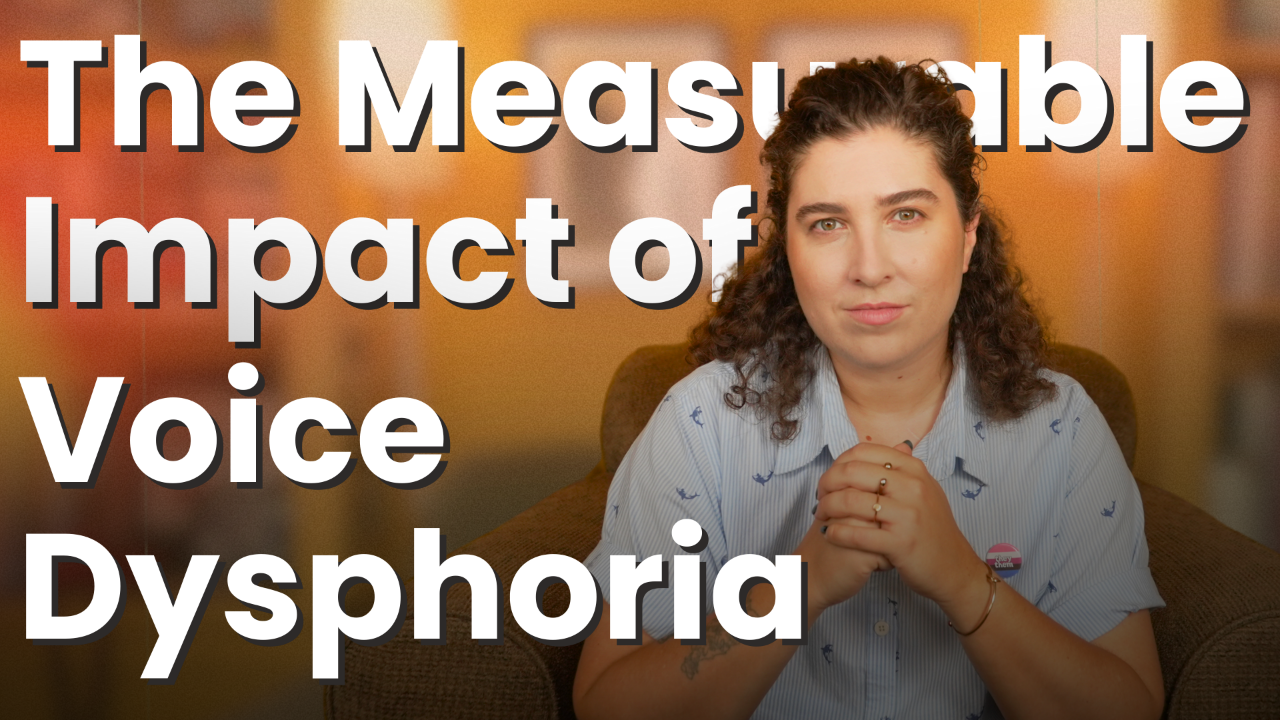Masculine Expression: Is Monotone the Only Option?
Sep 06, 2024
Hi, I’m Renée, a gender-affirming voice teacher. Recently, during a TikTok Live session, someone asked me an intriguing question: “Does my masculine voice have to be monotonous?” It’s a question that touches on deeper issues of gender expression and the stereotypes we often find ourselves navigating. Here’s what I shared in response.
Masculinity and Expression: Breaking the Stereotype
The short answer is, no—your masculine voice does not have to be monotonous. While monotone speech is often associated with masculinity, it’s not the only way to express yourself in a masculine way. In fact, you can absolutely be both masculine and expressive with your voice.
This is a topic that I frequently discuss with my colleagues in the trans voice voice teaching community. As teachers, we’re committed to helping our students create voices that bring them gender euphoria and feel authentic to who they are. However, we also have to be cautious not to perpetuate stereotypes for the sake of maintaining the status quo. Encouraging the idea that men or masculine-presenting individuals shouldn’t be expressive can be limiting and even harmful.
Creating a World of Expressive Masculinity
I believe in a world where men and masculine people can express themselves freely, without being confined to rigid norms. So, how do we achieve this balance in voice training?
Practical Tips: Balancing Masculinity and Expression
One approach I use is practicing speaking in a masculine way that still feels good and authentic across various modes of expression. This can be done systematically. Start by writing down different scenarios—meeting a friend, sharing exciting news, or expressing sadness. Then, practice how you would express each of these emotions in a masculine way. If one approach doesn’t feel right, you can adjust by experimenting with different elements like volume or pitch.
Exploring Different Vocal Techniques
For instance, while a monotone contour is one way to express masculinity, you might find that adding volume instead of relying solely on pitch changes helps you maintain a masculine tone while still being expressive. Alternatively, you could use a bit of pitch variation, ensuring that it still feels masculine by balancing other characteristics of your voice.
Practice Makes Perfect: Embracing Authenticity
There’s no one-size-fits-all exercise that will magically make you feel comfortable with every mode of expression. It takes practice, just like if you speak multiple languages. Each mode of expression—whether it’s joy, sorrow, or excitement—needs to be practiced individually. Just as different languages occupy different spaces in our brains and come with unique demands, the same goes for various modes of expression within a masculine voice.
Conclusion: Embrace Your Unique Voice
So, the answer is yes—you can be both masculine and expressive with your voice. But it does take practice and a willingness to explore different facets of your vocal expression.
By embracing a broader range of expression, we can move toward a more inclusive understanding of what it means to sound masculine, one that allows for individuality and authenticity without being bound by outdated stereotypes.
Want weekly tips, resources, and insights on trans voice training? Sign up for my newsletter and get the latest content delivered straight to your inbox. It's free!









